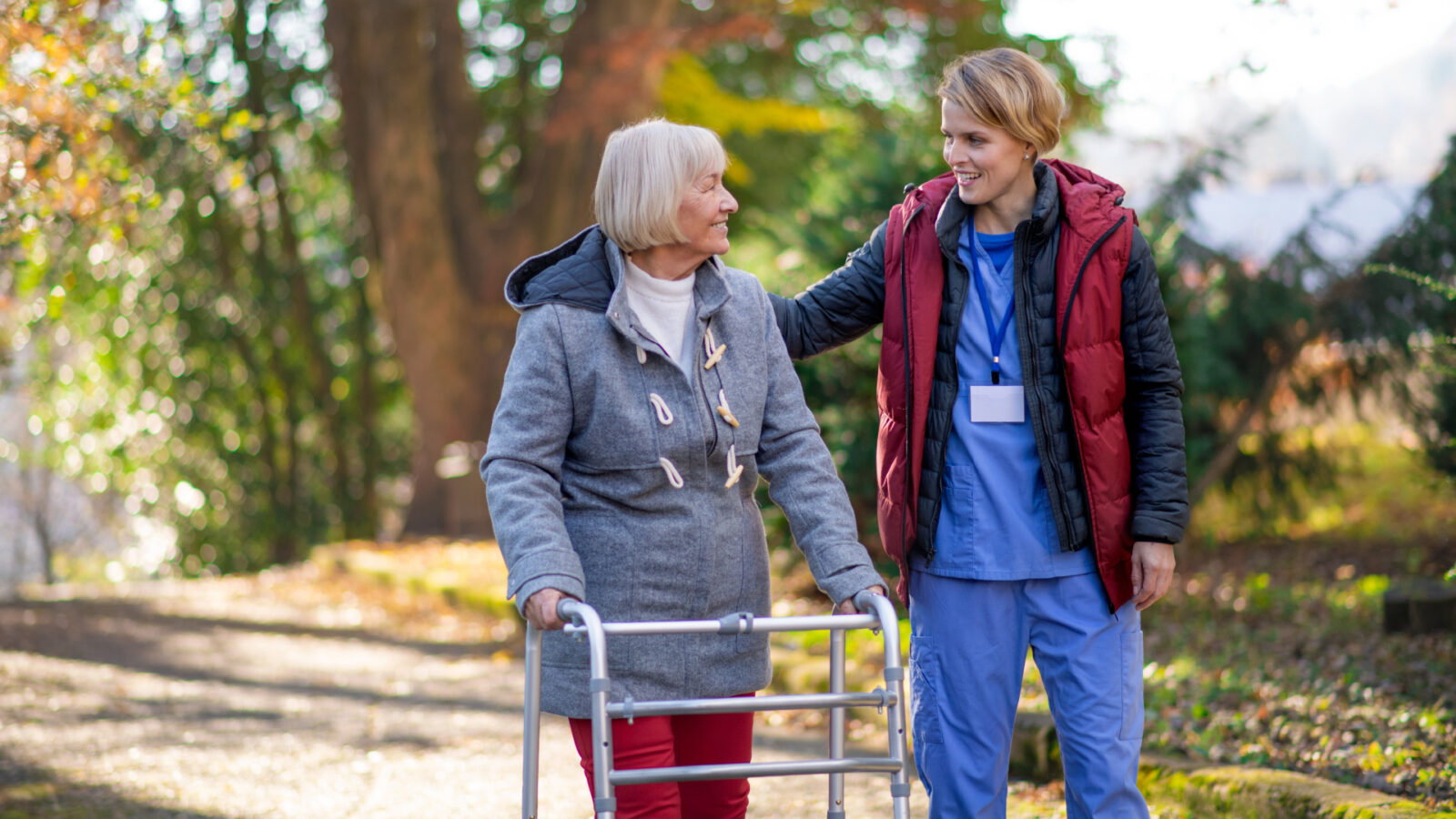
As we age, our risk of falls increases significantly. Falls can lead to serious injuries, including hip fractures, head injuries, and even death.
According to the latest figures from the Australian Institute of Health and Welfare, falls are Australia’s leading cause of injury, hospitalisation and death, representing 43 per cent of injury hospitalisations and 42 per cent of injury deaths.
Although not all falls result in injury, the incident can often result in a person losing confidence in their own abilities and withdrawing from life to avoid the risk of suffering a fall again.
While falls can happen anywhere, they are particularly dangerous at home, where most people spend the majority of their time.
Fortunately, there are steps that can be taken to age-proof the home and reduce the risk of falls.

The first step in age-proofing the home is to assess it for fall hazards. This involves identifying areas of the home that could potentially cause a fall. For example, tripping hazards such as loose rugs or uneven flooring should be addressed. Make sure that all rugs are secured with non-slip backing and consider removing any rugs that are not necessary. Check for clutter and obstacles in walkways, such as electrical cords or furniture, and remove them if possible.
The bathroom is one of the most common places for falls to occur, so it’s important to make sure that it is as safe as possible. Install grab bars in the shower and near the toilet and consider using a shower chair or bench. Make sure that the bathroom floor is not slippery and consider using non-slip mats or treads.
In the bedroom, make sure that the bed is at a comfortable height and consider using a bed rail to help with getting in and out of bed. Keep the bedroom well-lit and make sure that there are no obstacles in the path from the bed to the bathroom.
In the kitchen, look for hazards such as loose or frayed cords on appliances and make sure that they are all in good working order. Keep commonly used items within reach and use a step stool with a handrail if necessary. Make sure that the kitchen is well-lit and consider using non-slip mats or treads.

After assessing the home for fall hazards, the next step is to make any necessary modifications to prevent falls. Modifying the home is an important consideration for those who wish to age in place and maintain their independence.
Some modifications that can be made to the home to minimise the risk of falls include installing grab bars and handrails in strategic locations, such as in the bathroom and on stairs, improving lighting throughout the home, and ensuring that all floors are slip-resistant.
Additionally, you may want to consider using assistive devices, such as walkers or canes when moving around the home to further reduce the risk of falling.
Speaking to Starts at 60, Research Fellow Dr Claudia Meyer from Bolton Clarke Research Institute suggests the following when age-proofing your home:
By taking these steps to modify your home, you can create a safer and more secure environment that supports your independence and enables you to age in place with confidence.

Modifying the home to reduce fall risk has numerous benefits. In addition to decreasing the likelihood of falls, age-proofing the home can also make it easier for you to perform daily activities, such as bathing, dressing, and cooking, by incorporating features such as grab bars, handrails, and improved lighting.
Finally, it can provide peace of mind for both you and your loved ones.
However, Meyer considers the “greatest benefit” of modifying the home to reduce fall risk is that it allows “older people to live safely and comfortably within their homes, as independently as possible”.
“It provides people with the confidence to carry on activities of their choice,” Meyer explains.
“Falls are not an inevitable part of ageing and there is much that can be done to reduce fall risk.”

There are various services available to age-proof the home and prevent falls risk. These services can include home modification and adaptation, such as installing grab bars, handrails, and ramps, as well as removing tripping hazards and improving lighting.
In addition, some services offer fall prevention education and training that can help you identify and address potential hazards in your home. Utilising such services is crucial for maintaining your safety and independence.
Furthermore, using such services can provide peace of mind for both you and your loved ones, knowing that appropriate measures have been taken to minimise the risk of falls in the home.
Meyer highlights the following services available across Australia that can help you age-proof your home while ensuring the best chance of reducing the chance of a serious fall.
By utilising services such as home modification, education, and training, you can identify and address potential hazards in your homes, reducing the risk of injury and improving your overall quality of life.
IMPORTANT LEGAL INFO This article is of a general nature and FYI only, because it doesn’t take into account your personal health requirements or existing medical conditions. That means it’s not personalised health advice and shouldn’t be relied upon as if it is. Before making a health-related decision, you should work out if the info is appropriate for your situation and get professional medical advice.